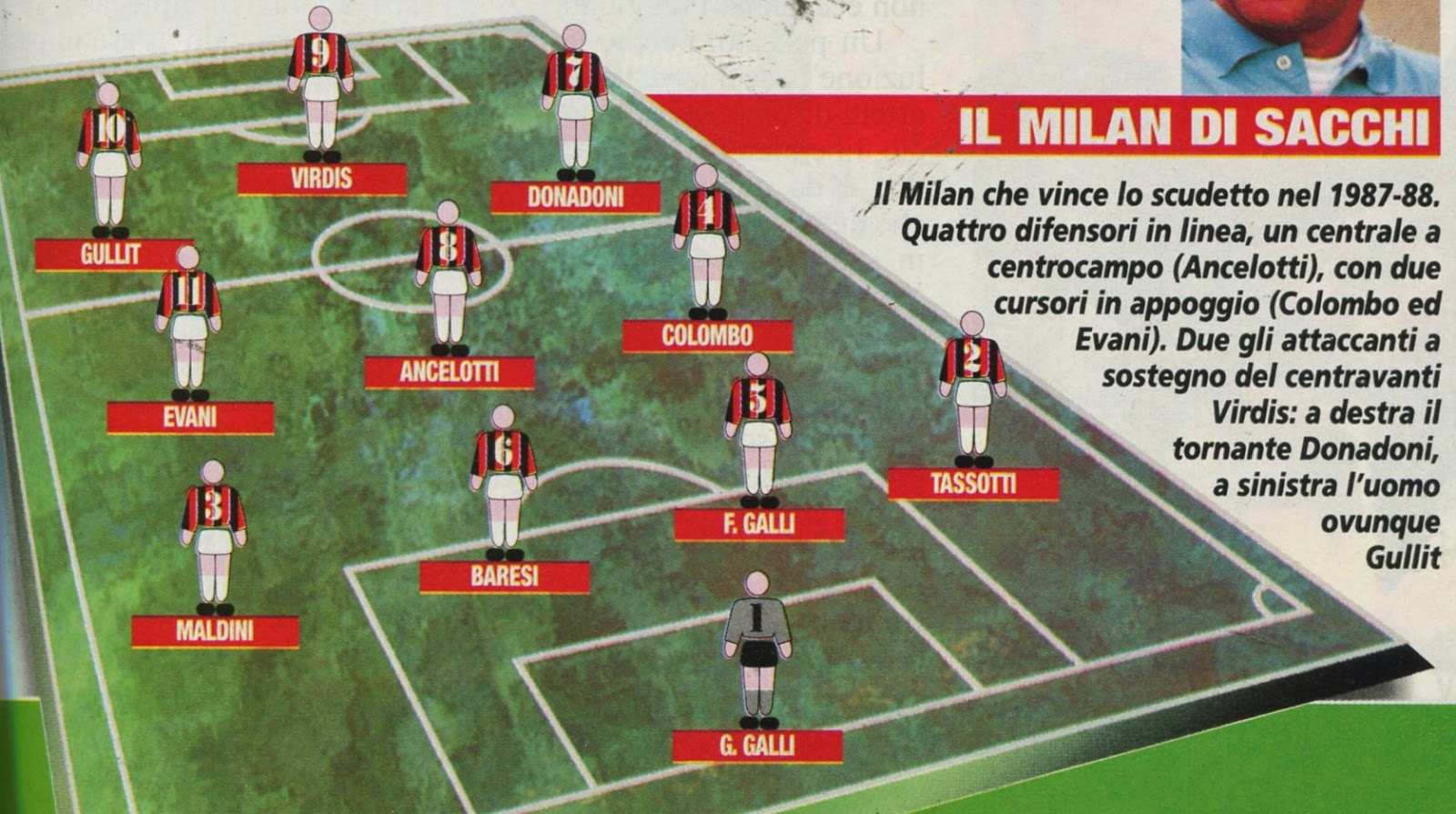The beautiful game of football, at its highest echelons, is a delicate balance of on-pitch talent, tactical wizardry, and astute off-field management. Yet, even legendary clubs occasionally find themselves grappling with the thorny issue of squad construction. AC Milan, a name synonymous with European glory, currently sits at a crossroads, with recent market strategies drawing sharp criticism from seasoned observers.
The Echo of «Third Choices»: A Risky Strategy?
At the heart of the recent debate lies the accusation that Milan`s transfer policy has veered towards acquiring «third choices» – players who, while competent, might not represent the club’s primary targets or the absolute elite talent needed to consistently challenge for top honours. This isn`t merely about signing less expensive players; it’s about a perceived compromise on quality, tactical fit, and ultimately, ambition.
To label a player a «third choice» can feel harsh. These are professional athletes, often talented, striving to make their mark. However, in the cutthroat world of Serie A and the Champions League, the difference between a first-choice ideal signing and a subsequent option can be monumental. It can dictate whether a team transitions smoothly from defence to attack, whether a midfield can dominate possession, or if a striker can consistently convert chances. When a club with Milan`s pedigree consistently opts for players lower down its wishlist, questions inevitably arise about its capacity to truly compete.
The Fragility of Dependence: When Stars Take a Break
One of the most telling indicators of squad depth and overall quality emerges when a team`s star players are unavailable. For AC Milan, the absence of a talismanic figure like Rafael Leão frequently brings the underlying issues into stark relief. While a single player cannot make or break a team, the extent to which his absence reveals tactical deficiencies or a lack of alternative game-changers points directly to recruitment. If the bench cannot adequately step up, or if replacements offer similar skill sets without complementary strengths, the squad becomes predictable and vulnerable.
Consider the midfield. Criticisms have often highlighted an abundance of similar profiles, lacking a dynamic, goal-scoring presence that can break lines or dictate tempo with creative flair. A modern top-tier midfield requires variety: a defensive anchor, a box-to-box engine, and a creative orchestrator or an attacking midfielder who consistently contributes goals. If a club`s acquisitions lean heavily into one archetype, it creates a tactical bottleneck, making the team one-dimensional and easier for opponents to nullify.
The Investment Imperative: Quality Over Quantity
Football is, undeniably, a business. Financial prudence is commendable, and reckless spending has led many clubs down perilous paths. However, there`s a fine line between sensible budgeting and an approach that inadvertently stunts growth. The call for «investment» isn`t necessarily a demand for astronomical spending on every position, but rather for targeted, high-quality acquisitions that genuinely elevate the squad. It’s about securing players who aren`t just filling gaps but are enhancing the team`s overall strategic vision and competitive edge.
A policy of consistently signing «value» players or those who might be considered «projects» can be a double-edged sword. While some may blossom into stars, relying heavily on such gambles for immediate impact can be detrimental. True success, especially in challenging leagues, often requires a nucleus of proven, top-tier talent complemented by promising youth and smart depth additions. If the core isn`t strong enough, the entire structure becomes precarious.
Charting a Course Forward: Ambition Meets Reality
AC Milan finds itself in a challenging, yet familiar, position for many top clubs navigating the complexities of modern football. The pressure to perform, satisfy a demanding fanbase, and remain financially solvent is immense. However, history teaches us that sustained success is rarely achieved through continuous compromise in recruitment. It requires a clear, unwavering vision, courageous decisions in the transfer market, and a willingness to invest in the quality that truly distinguishes champions from contenders.
The road ahead for Milan, and indeed for any club aiming for the summit, demands a critical re-evaluation of its market philosophy. Will the echoes of «third choices» continue to define their strategy, or will they pivot towards bolder, more decisive investments that truly reflect their illustrious heritage and lofty ambitions? Only time, and the upcoming transfer windows, will tell.

